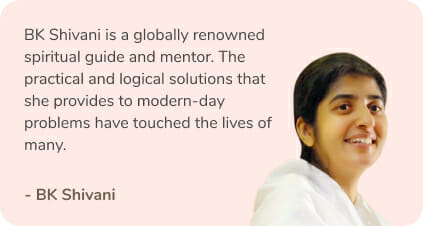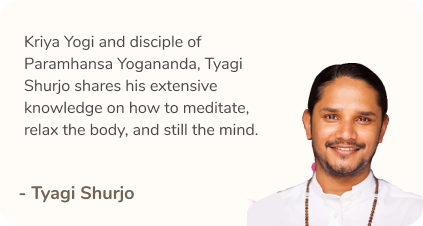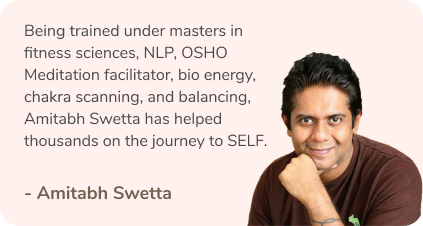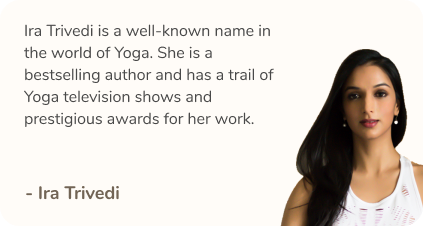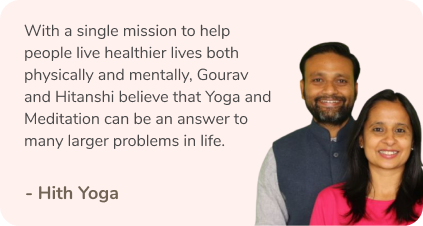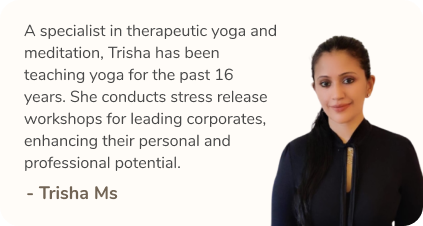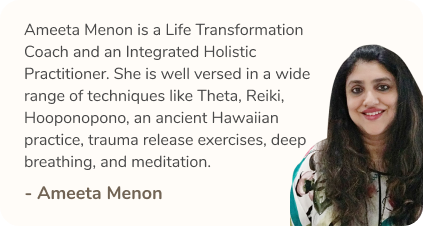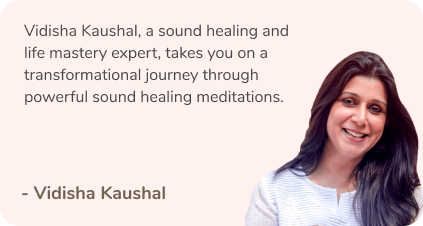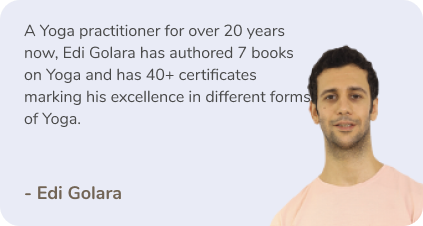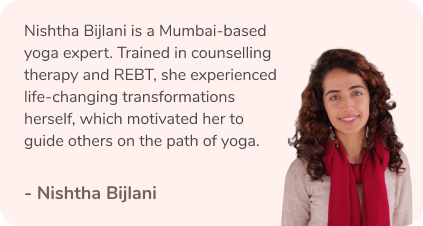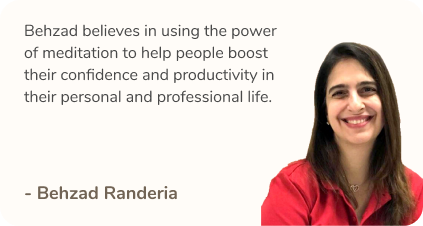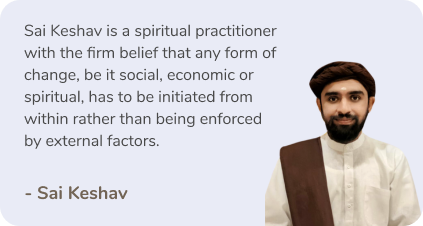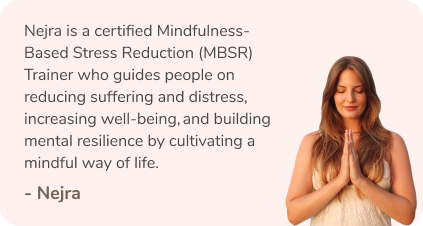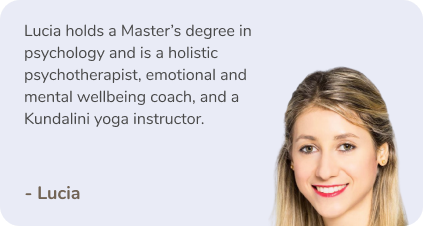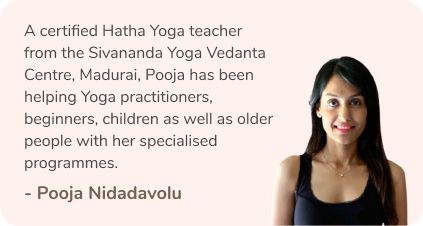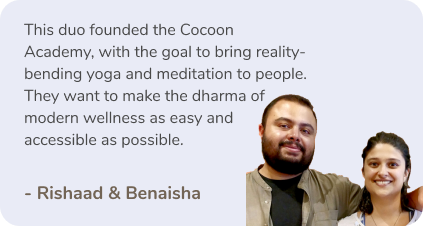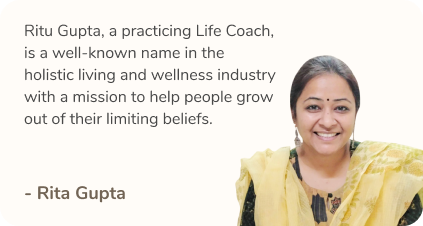Meditation as a practice teaches you to deeply focus into your mind, body and soul. Vipassana meditation, which is also known as insight meditation, is highly distinctive that other techniques of meditation and it’s crucial that you understand the reason why.
What is Vipassana meditation?
Translated as “insight”, Vipassana means a clear awareness of what is happening while it is happening. In Buddhism, there are two essential types of meditation, Vipassana and Samatha. Samatha is the practice is putting your body and mind in a state of tranquillity by focusing on one thing. Vipassana addresses the other aspect which is insight.
In Vipassana meditation, you “see things as they really are”. You observe your thoughts and emotions without judgement or repenting. You observe your inner self and don’t put pressure on controlling or understanding the experience. The method comes from Satipatthana Sutta or Foundations of Mindfulness, a discourse attributed to Buddha himself. The final goal is to help you quiet your mind, focus on the present, accept your thoughts, feelings and sensations for what they are, dwell less on the past, worry less about the future and respond to situations with a sense of reality instead of preconceived ideals and notions.
You slowly concentrate to strip away the illusions that hold you back from living a life of reality. You do this by cultivating a high sense of awareness. A gradual process, Vipassana encourages meditators to keep on increasing their awareness by shining light onto the inner workings of reality. It proceeds over a period of years but trains the meditator to become attuned to the life flowing inside of him. It includes attentive listening, mindful seeing and careful testing. You learn to sense fully, touch completely, and be aware of the changes happening in your experiences.
What are the benefits of Vipassana meditation?
Vipassana meditation is a discovery of the world in an entirely new way. You train your mind to really see, sense and experience what is happening to you, around you and inside of you. You not only observe your experiences but also take a part in them as they happen. Some of the various benefits of Vipassana are:
Getting to know yourself
You may be looking for physical benefits and there are many of those here but one of the major goals of Vipassana meditation is self-liberation. This means achieving a state of complete awareness and recognition of your true self. As you let go of outward attachments, you empower yourself to realise your inner joy, bliss, love and light.
Quieting the mind
Do worrying thoughts always plague you? On the subway, at work, or even when you’re trying to fall asleep? In Vipassana, achieving a heightened state of self-awareness begins with quieting the mind. This can’t happen in a single meditation. This takes place with discipline. As you practice, your mind will run into overdrive. Don’t judge yourself when this happens, rather bring your awareness back to yourself, your breath. When repeated, your mind will strengthen itself and learn the meaning of discipline.
Empowering non-judgement, detachment and resilience
As you slowly learn to strengthen your mind, you learn to strengthen your resilience. This means your ability to bounce back when challenges arise. This will help you overcome obstacles in your daily life as well as look at problems with awareness. They’re only problems because our ego makes them problems.
If you’d like to learn more about how to let go of expectations, watch B.K. Shivani’s video here.
Cultivating inner peace
One of the most profound gifts of practicing Vipassana meditation is learning to cultivate inner peace. This happens because your mind travels away from the demands of the ego and appreciate the world with new eyes, a deep gratitude and a newfound love.
How can I practice Vipassana meditation?
If you would like to try Vipassana meditation at home, follow the steps below.
- It is recommended that you practice Vipassana first thing in the morning. Set aside a time of 10-15 minutes for your practice.
- Choose an area that features no distractions. A secluded spot in your home, an empty room where no sounds, smells or external distractions permeate.
- Sit down on the floor. If you like, lay a mat underneath you. Sit cross-legged and tighten your core, strengthen your spine and relax your body.
- Close your eyes and focus on your nature breath. How you breathe in and how you breathe out as well as what you feel.
- Mindfully inhale and exhale as you pay attention to your thoughts, emotions and sensations. Remember, there’s no place for reaction or judgement here.
- If your mind deviates, observe the distraction and then bring your focus back to your breath.
- Sharpen your awareness by being attentive of the entire process. Each inhale, each rise, each middle and then the fall, the release and the exhale. You should be aware of these movements throughout, from the beginning to the end. It is important to have precision and equal effort so that the mind connects with the sensations powerfully.
- If you get distracted by a sound or a smell, becoming aware of it as soon as it arises. Observe it as a direct experience and identify it as an internal label “hearing, hearing” or “smelling, smelling.” When it fades, come back to your breath.
Read more: What is meditation and how can you get started?
Like & Follow ThinkRight.me on Facebook, Instagram, Twitter, and Telegram to stay connected.


